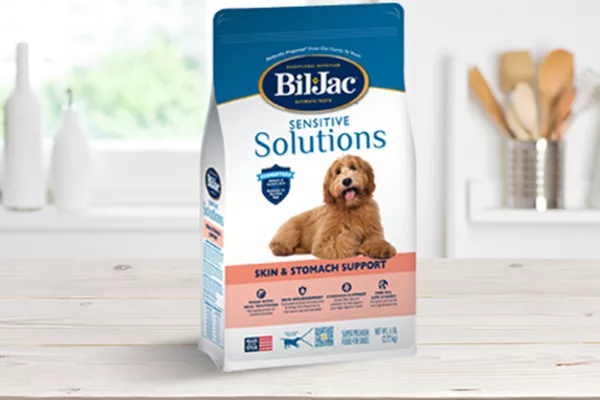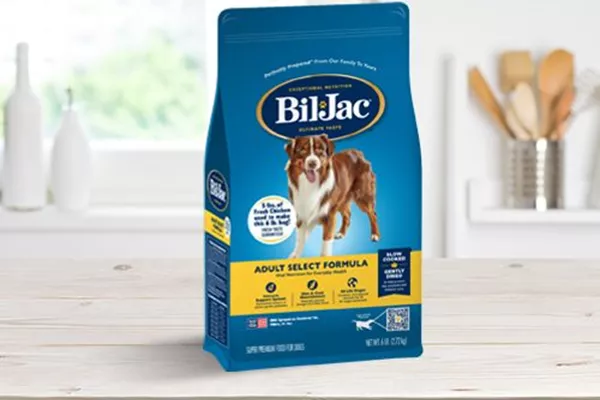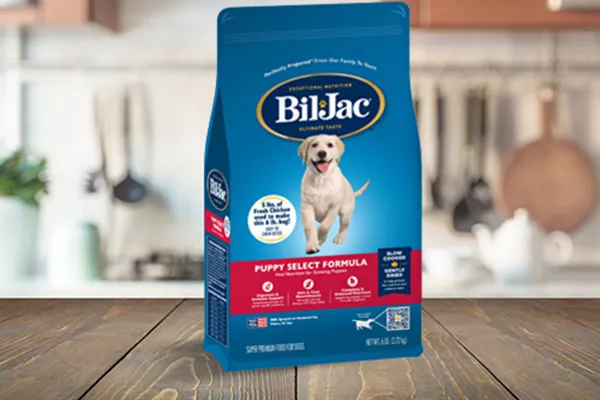Summer is in full swing, which means flea and tick season is as well. The heat and humidity serve as the optimal environment for these pests to develop into adults, which is a major issue for you and your favorite furry friend.
You may not approve of fleas and ticks, but they certainly love your dog’s coat. That soft, warm fur is the perfect place for fleas and ticks to live and feed. This can be the cause of a variety of health related issues, which is why it’s important to take some preventative measures against fleas and ticks before you take your best friend to the park or on a hike this summer.
Why Flea and Tick Defense for Dogs is Essential
Fleas and ticks can cause a number of problems for your pet’s health if you’re not careful. These pests can potentially transmit different flea and tick-borne illnesses and can lead to anything from itchy skin to a variety of more serious diseases or conditions, including:
- Lyme disease
- Rocky Mountain spotted fever
- Tick paralysis
- Anemia
These threats are exactly why it’s so important to prevent fleas and ticks from going after your best friend. Fortunately, there are a few steps you can take to ward off these pests and protect your precious pooch.
3 Key Flea and Tick Prevention Tips
The best way to defend your dog against ticks and fleas is to prevent those pests from becoming problems in the first place. Your furry friend can pick up fleas and ticks from other animals or places where other infested dogs, cats, deer, coyotes, mice, and raccoons have been. The woods, tall grasses, and other bug-infested locations are common danger areas, but there’s always a chance that your furry friend can catch certain pests in your own neighborhood as well.
Follow these three flea and tick prevention tips so that you and your pooch can enjoy summer to the fullest.
Groom your dog regularly
Regular grooming habits like brushing and bathing are important for flea and tick prevention. Both practices will help keep your pet clean and give you an opportunity to react to ticks and fleas before they have a chance to establish themselves.
Brushing should be done every couple days, no matter the length of your furry friend’s coat. Brushing takes out loose hairs, which is important even if you have a shorthaired dog. If you have a longer-haired dog, brushing will also help avoid matting, which can be itchy and uncomfortable when knotted tightly to your best friend’s skin.
A regular scrub in the tub can help wash away fleas along with any dirt or loose hair. Keep in mind that too much bathing can strip skin of essential oils that help protect the skin and coat. You should talk with your vet or groomer to get a recommendation on how often to bathe your dog and find out if they have any dog shampoo or other products that can help with flea and tick prevention.
Another advantage of grooming is that it gives you a chance to inspect your dog for any signs of a flea or tick infestation. This is especially true during bath time when you can get a really good look at your dog’s skin. Warning signs like droppings or small red bites can help you identify if your dog is dealing with any pest issues.
It’s also important to know where to look for potential invaders as well. Fleas are often found hiding near the base of the tail, around the neck, and on the belly. Ticks like those same areas, and can also be found on elbows, front legs, and even between toes and on eyelids.
Invest in flea and tick products and treatments for dogs
There are plenty of flea and tick treatments that can help your dog’s fight against these pests. There are a wide variety of flea and tick prevention products available over the counter, such as pills, collars, ointments, and sprays. There are also some all-natural options as well. If you’re not sure which prevention products to use, talk with your veterinarian about products they think can best help you prevent and kill fleas and ticks.
While you may want to stop giving your dog flea and tick prevention medication during the winter months, it’s best to continue with it all year long. Fleas can live at temperatures as low as 33 degrees, so if your pooch catches one of these pests outside and carries it inside your warm home, they can continue to stick around and wreak havoc on your best friend’s skin.
Feed your dog high-quality food
The quality of food your dog eats will help determine the health of his skin and hair. Protein and essential fatty acids, like omega 3 and 6 fatty acids, are key nutrients for the skin and coat health of your best friend. According to PetMD, fur consists of approximately 95 percent protein, with 25-30 percent of your dog’s protein intake allocated to support your dog’s skin and coat. That extra support can make a notable difference when it comes to defending your dog against pesky fleas and ticks.
It’s important to feed your furry friend food that’s rich in high-quality protein. Bil-Jac Dog Foods are made with fresh chicken, and naturally sourced omega fatty acids to help maintain a healthy skin and coat.. A strong defense against fleas and ticks starts with a healthy skin and coat that is supported by high-quality nutrition.
What to Do If Your Dog Has Fleas or Ticks
While you can take measures to protect your dog, there may be a chance that some fleas or ticks could find your dog. While it’s important to spot different warning signs during your grooming sessions, they’re not the only red flags that can indicate if your dog is dealing with these pests. You’ll also want to keep an eye out for any of the following potential signs as well.
- Red skin, hot spots, or new scabs
- Excessive licking, scratching, or head shaking
- Loss of appetite or energy
- Pale gums
- Joint swelling or pain
If you spot any of these signs and discover that your furry friend came in contact with some pesky bugs this summer, then you should contact your vet or groomer immediately to find the best course of action to be taken. A quick response can help save your best friend from discomfort and more harmful issues.
It’s also important to take some steps to clean up at home as well. Don’t forget to wash or get rid of all your dog’s bedding and completely vacuum your furniture and carpets as well. These extra measures will help you take care of any stray pests who hopped off your dog and found somewhere else to hide.
Keep Your Furry Friend Healthy and Pest-Free Year-Round
No matter the size or age of your dog, it’s essential to do what you can to defend your dog against potential pests. If you follow these prevention tips and act quickly at the sign of pests, you can help your dog be well protected for flea and tick season.
Want to learn about more ways to keep your dog happy and healthy? Join our Best Friends Club today! Each month, you’ll receive special training tips, informative articles, and members-only discounts on Bil-Jac products.




